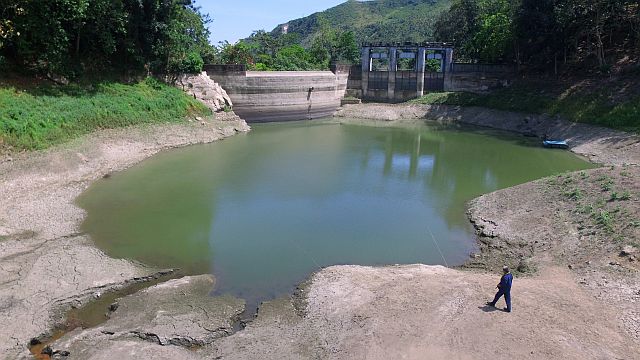
The Buhisan Dam is one of Metropolitan Cebu Water District’s surface water sources, which produces from 5,000 cu.m. to 7,000 cu.m. per day for Cebu City.
(CDN PHOTO/FERDINAND EDRALIN)
Businesses especially from the real estate sector such as property developers are encouraged to work with Cebu’s water district since they play a crucial role in efforts to conserve water amid the dwindling water supply in Metro Cebu.
Charmaine Rodriguez-Kara, Metropolitan Cebu Water District (MCWD) spokesperson, made this call to representatives of the private sector during a business meeting at the European Chamber of Commerce of the Philippines (ECCP) office in Cebu City last Friday.
“We would like you to involve the water district in your business expansion or development plans. We would like to know if we can serve you before you start digging your own wells,” Kara said.
She also encouraged business establishments to build eco-friendly structures such as permeable parking lots, which will allow rainwater to easily seep through the ground, rainwater catchment facilities, and flush-free toilets, among others.
Kara emphasized the need for businesses to constantly connect with the MCWD, since urban developments have dire effects on the groundwater supply.
In 2015, Metro Cebu’s daily demand for water was at 371,000 cubic meters while MCWD only supplied 163,000 cu.m. or 43 percent of the total demand every day.
Kara said the rest of Cebu’s supply is sourced from personal deep wells or private water providers, which are now around 100 in Metro Cebu, according to data from the water district.
Cebu’s sources of water are surface water, which may include water in rivers or dams, and groundwater, which is found in natural aquifers below the ground.
The water district is slowly starting to extract its supply from surface water sources, but majority of what it pumps to customers in its service area is still from groundwater sources.
She also said that as the population in Metro Cebu increases, so does the demand for potable water.
Kara added that extraction of groundwater is high, but recharge is low due to urbanization where paved streets prevent rainwater from seeping into the ground.
There is also the threat of saltwater intrusion, which the spokesperson said is described as the entry of water from the ocean into the ground where MCWD and private well owners extract water from.
“According to the MCWD groundwater model, saltwater intrusion may reach the foothills of Talamban in Cebu City by 2030,” Kara warned.